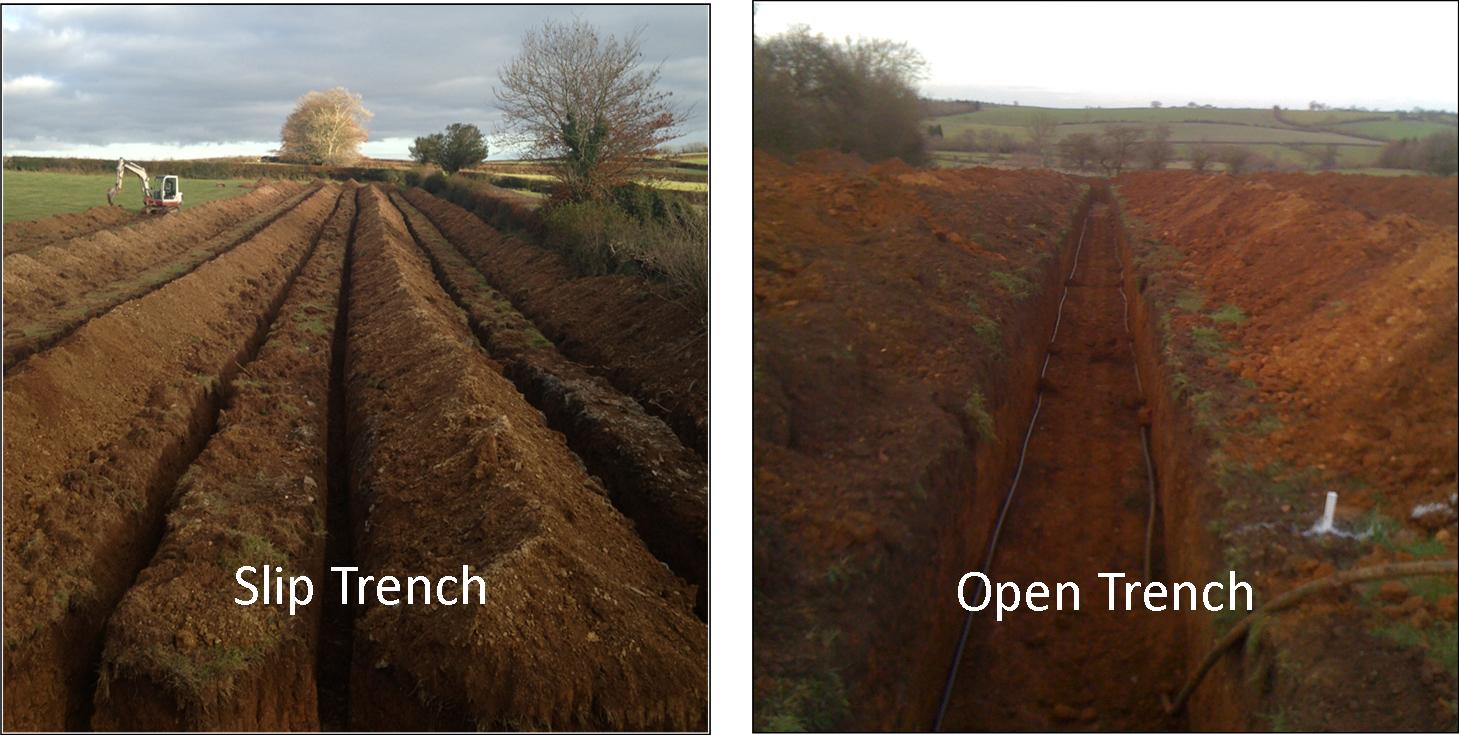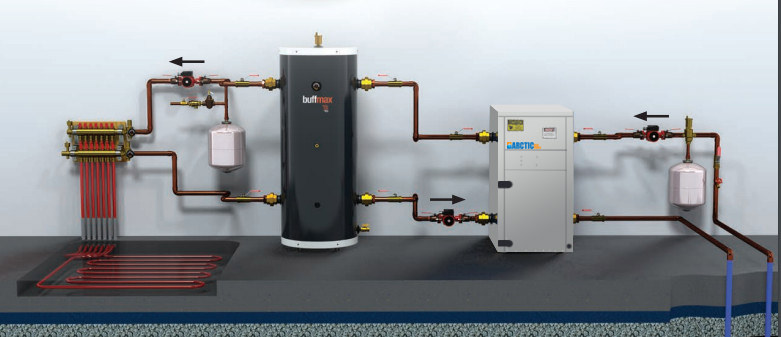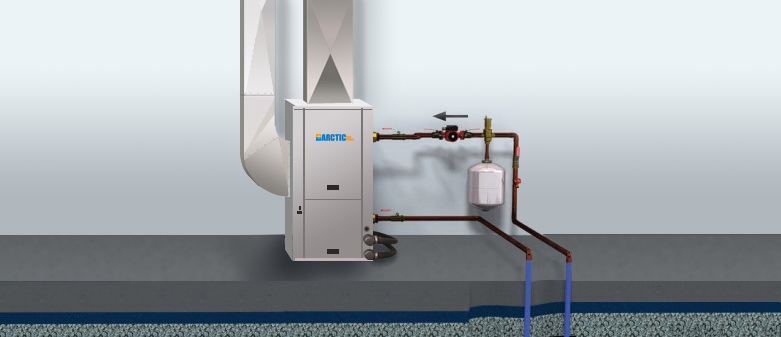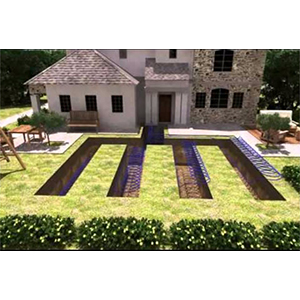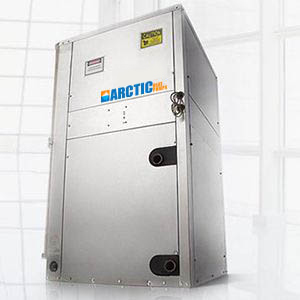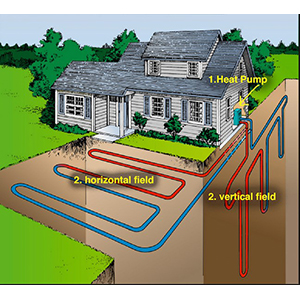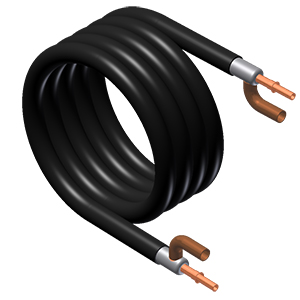Pre Sized Easy to Install DIY Geothermal Heat Pump Kits Info
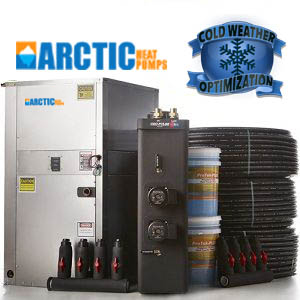


Geothermal ground source heat pumps have grown in popularity through Canada and USA. Today’s ground source heat pumps are capable of delivery outstanding COP (coefficient of performance) of 5 times or greater. This means that your return on investment is even faster than ever! With over 30 years of performance history Geothermal is becoming one of the most popular green energy options available for both northern climates and southern climates. The ability to provide both heat and cooling gives the homeowners greater flexibility.
Geothermal heat pumps take advantage of the sun just like any other solar system; however, they do this indirectly by harvesting the sun’s energy that has been absorbed by earth during the year. Even in cold climates, only the very top surface of the earth freezes. Below this level there is still plenty of heat energy to be pulled out and transferred into a home or business.
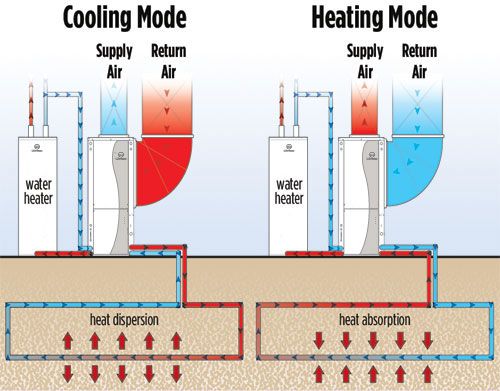
There are 4 common types of popular geothermal systems. The type of system you will choose is dependent on the local topography and land or water space available. However, the most common and simplest to install is the horizontal ground loop or the well loop. Water loops are popular but only if you have access to a lake.
A heat pump acts the like an air conditioner except it works both ways. It removes heat from the earth in the winter transferring the heat to the house and in the summer it pulls heat out of the house and transfers it back to the earth. It does this in a way whereby it uses much less energy than it supplies or removes. This is called the Coefficient of Performance or COP. Each heat pump has a energy rating describing this ratio. Modern day heat pumps can create 4 times the energy that they use. So, for every 1 Kw of energy used to run the compressor, the systems can create 4 Kw of Free Energy. This is a COP of 4, resulting in 66% reduction in heating and cooling. A COP of 5 has an even greater savings of 75%.
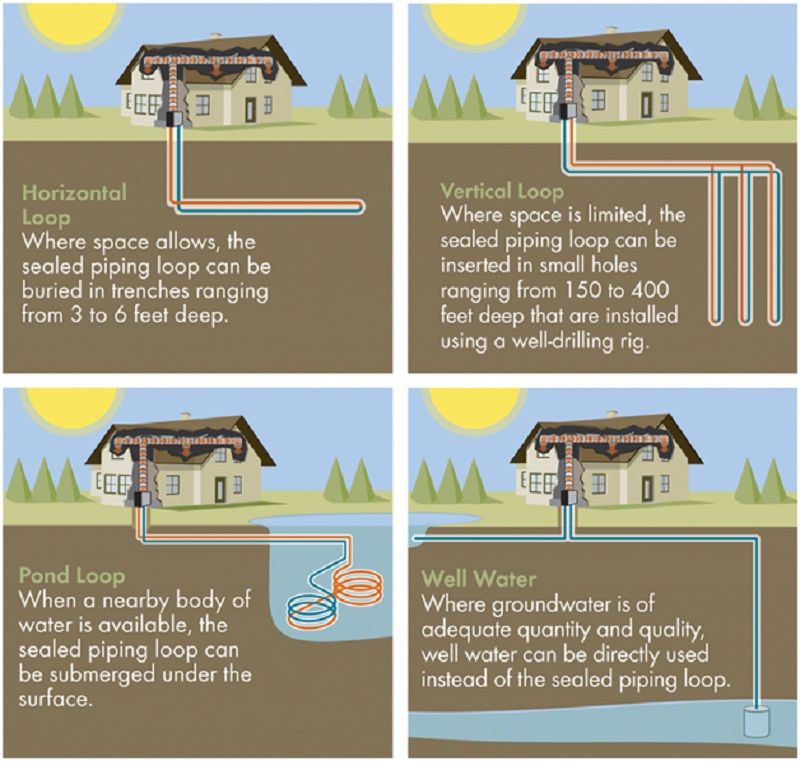
A geothermal system collects it energy from the ground through a series of interconnected piping and a heat transfer fluid flowing through the pipes. The more piping and the greater the diameter, the more contact with the earth’s soil and the more energy the system is capable of transferring. The require amount of piping for a geothermal system will be dependent on the size of the heat pump you require as well as the local soil conditions. Our DIY geothermal installation kits will have the sizing calculated for you depending on your requirements and location.
Sizing a heat pump is done the same way you size a furnace. A heat calculation is done to determine what the peek amount of heating and cooling will be required during the coldest and hottest average days. This is known as the heat demand and is rated in BTU or KW and also referred to as Tons. A 4 ton heat pump is capable of producing 48,000 BTU or 14 Kw of energy. A residential heat pump generally is sized from 2- 5 tons and will depend on the house square footage, location, amount of insulation, window and many other variables. Most modern houses are built to the same standards and as such choosing the correct size of heat pump can be done based on the square footage and geographic location. We can help you size your heat pump.
Horizontal loops are generally considered the easiest for DIY installations as they require only the use of an excavator for a few hours to dig the trenches and backfill when done. A typical home owner can rent this service locally from most heavy construction contractors. The choice of layout you do will also depend on the amount of land. A slinky loop is a very popular means of pipe installation as it can minimize the trench lengths while still providing maximum linear footage of piping. The depth of the trench will vary depending on the frost line and can be anywhere from 4-6 feet on average.
Horizontal Loop for Geothermal System
